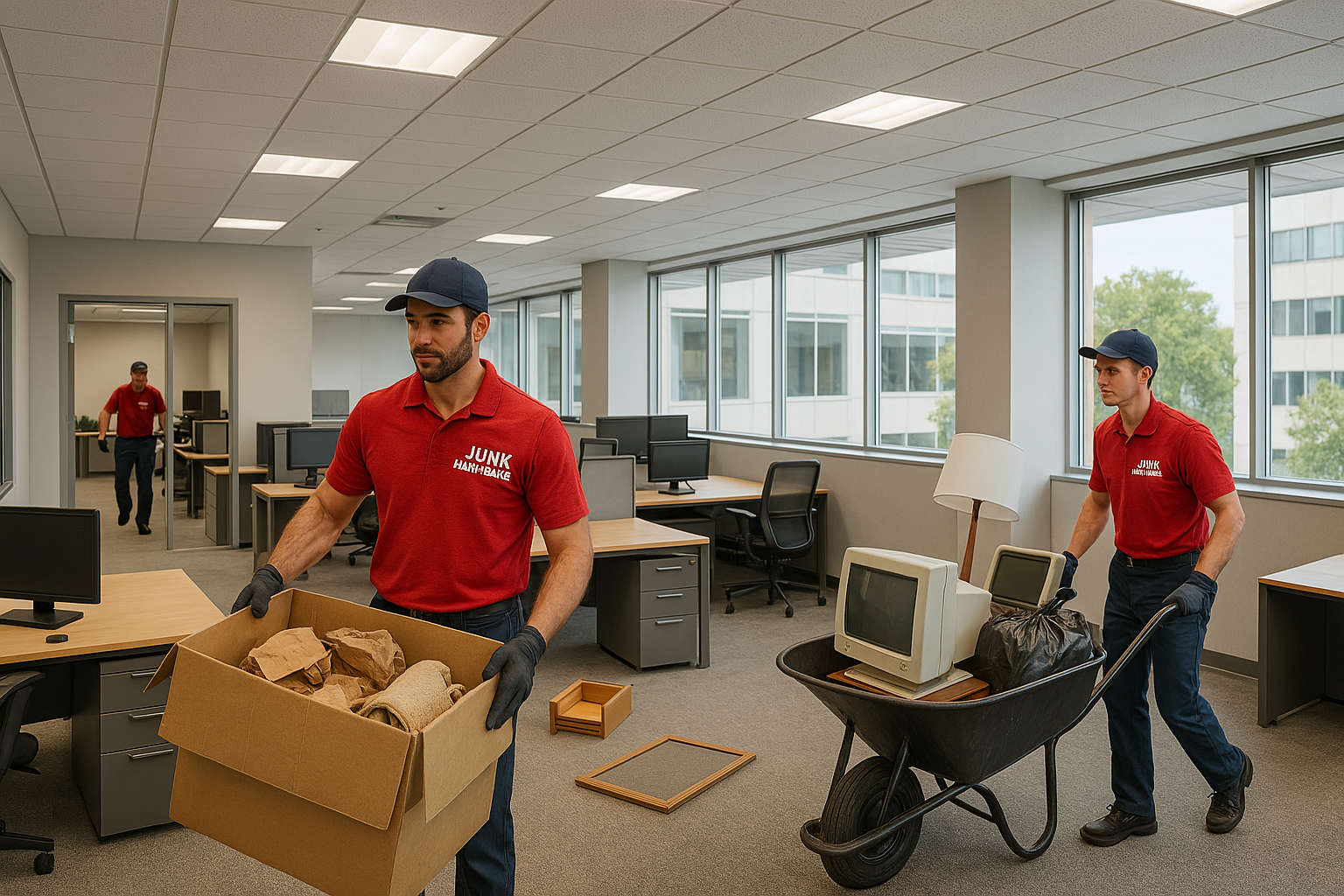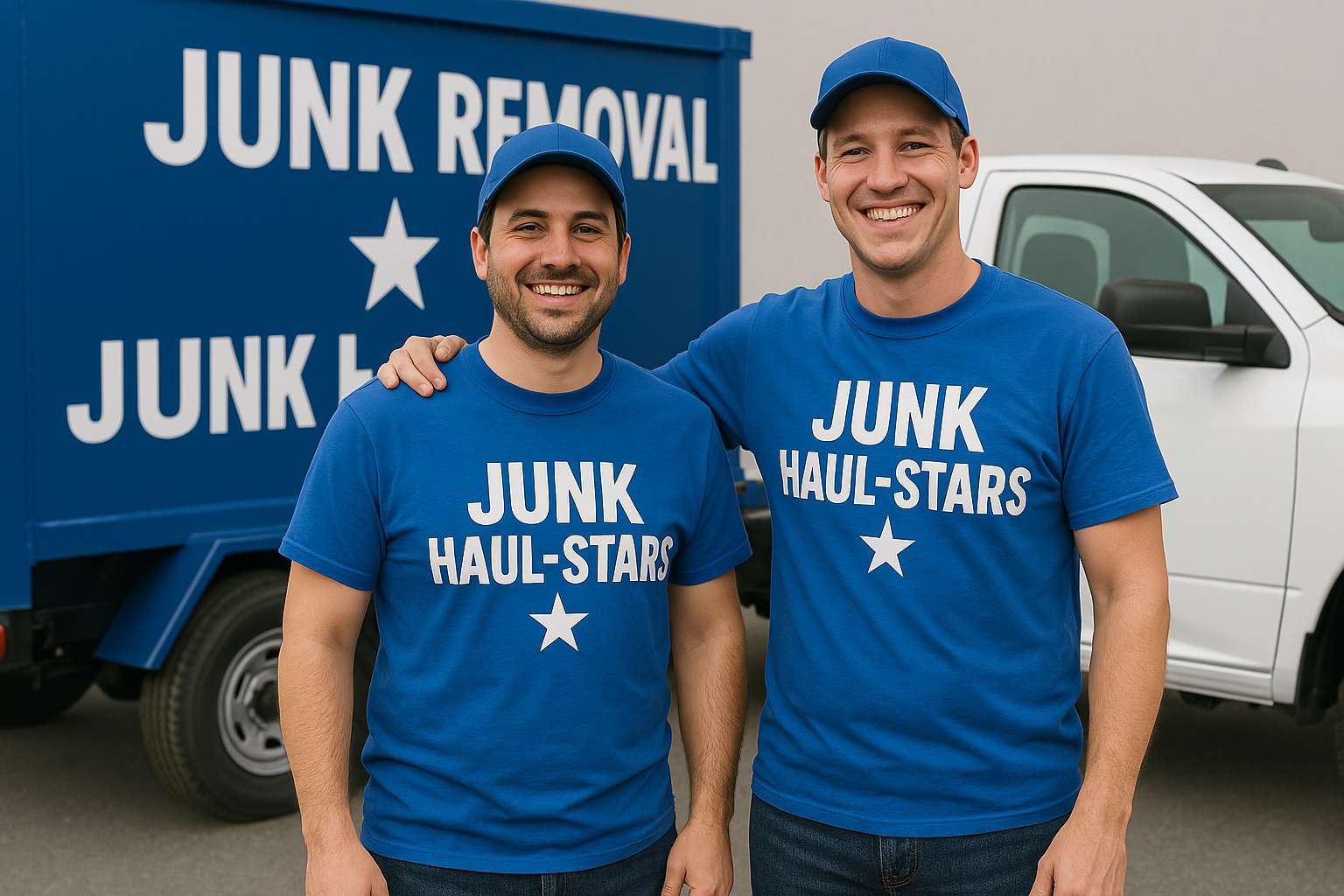The Growing Importance of Mattress Recycling in Reducing Landfill Waste
The Growing Importance of Mattress Recycling in Reducing Landfill Waste Chris D • April 1, 2025
Each year, millions of mattresses are discarded, posing significant challenges for waste management and environmental sustainability. Traditional disposal methods, primarily landfilling, are proving inadequate due to the bulky nature of mattresses and their slow decomposition rate. However, recent initiatives and legislative measures are paving the way for more sustainable mattress disposal through recycling.
The Environmental Impact of Discarded Mattresses
Mattresses are notoriously difficult to manage in landfills. Their size and composition mean they occupy substantial space and do not compact well, leading to inefficient use of landfill capacity. Additionally, as mattresses break down, they can release harmful chemicals into the environment, contributing to pollution and greenhouse gas emissions. Recognizing these issues, many communities and organizations are seeking alternative disposal methods to mitigate these environmental impacts.
Legislative Measures Promoting Mattress Recycling
Several states have enacted laws to facilitate mattress recycling and reduce landfill dependency:
- California, Connecticut, and Rhode Island: These states have established statewide mattress recycling programs funded by consumer fees collected at the point of sale. These initiatives have successfully diverted millions of mattresses from landfills and promoted the development of recycling facilities.
- Oregon: Beginning January 1, 2025, Oregon implemented a $22.50 fee on new mattress purchases to fund its mattress recycling program, becoming the fourth state to adopt such a policy.
These programs not only facilitate the recycling process but also raise consumer awareness about the environmental impact of mattress disposal.
Local Initiatives Making a Difference
Municipalities are also taking proactive steps to address mattress waste:
- Baltimore City, Maryland: In September 2024, the Department of Public Works launched a mattress and box spring recycling program at the Quarantine Road Landfill Residential Drop-Off Center. This initiative aims to divert bulky waste from landfills and repurpose over 90% of mattress materials.
- San Diego, California: The city's Mattress Recycling Program collected 16,921 mattresses in 2024, significantly reducing landfill waste and illegal dumping. This effort aligns with San Diego's Zero Waste and Climate Action Plan goals.
These local programs demonstrate the feasibility and benefits of mattress recycling at the community level.
The Recycling Process and Its Benefits
Recycling a mattress involves dismantling it into its core components—metal, foam, fabric, and wood—which can then be repurposed:
- Metal Springs: Recycled as scrap metal for use in new products.
- Foam Padding: Processed into carpet underlayment or insulation.
- Fabric and Fibers: Repurposed for industrial filters or furniture upholstery.
- Wood Frames: Shredded for mulch or used as biomass fuel.
By diverting mattresses from landfills, recycling conserves resources, reduces pollution, and supports the circular economy.
Challenges and Future Directions
Despite the benefits, challenges remain. The labor-intensive process of dismantling mattresses and the costs associated with transportation can be barriers to widespread recycling. However, investments in recycling infrastructure and technology are addressing these issues. For instance, Ingka Group, the largest IKEA retailer, announced a €1 billion investment in recycling companies to enhance waste management for products like mattresses.
Conclusion
The movement toward mattress recycling is gaining momentum through a combination of legislative action, local initiatives, and industry investment. These efforts are crucial in reducing landfill waste, conserving resources, and promoting environmental sustainability. As more communities and organizations recognize the importance of responsible mattress disposal, recycling programs are set to play a pivotal role in waste management strategies.









